Positron 16: A concept for a morphing analog polyphonic synthesizer
Uli Behringer invited people to send them ideas for future synthesizers. Andreas from Heinakroon took this on and the beautiful, fully-formed Positron 16 concept is the result.
Positron 16
While this is just a concept, a virtual rendering of possibility, it’s a well-thought-out and exciting synthesizer. Uli’s offer of turning a dream synthesizer into reality is a very enticing one that’s generated lots of ideas and a certain amount of ridiculousness. The Positron 16 however has a level of competence that makes you feel, yes, this could be awesome. It feels achievable, it looks amazing and sounds fantastic although, of course, it isn’t real so we don’t really know what it sounds like.
The design is based upon a pair of classic 3340 VCOs per voice with continuously variable morphing between 5 different wave shapes. They will also feature detuning, hard and soft sync, Ring Modulation with their own LFO and FM. All these sources are mixed with noise and a multi-waveform sub-oscillator before heading to the filters.
There will be two multi-mode filters, one based on the 3320 and one on the Moffatt solid-state design. Both filters can be controlled together with a global cutoff and offset control. The routing can be in series or parallel and has a vibe of the configuration in the Arturia PolyBrute.
Next, we reach the VCAs which route in stereo to the ample effects engine. A 16-slot modulation matrix offers versatile routing and sound design possibilities. There are 4 LFOs and 4 envelopes to keep everything moving.
Two key performance features are the ribbon controller and the Morpher Joystick with recordable movements and opportunities for macro control over parameters.
There’s an arpeggiator and step-sequencer along with a Dual Mode that lets you split and layer the keyboard to load two patches with morphing between them.
The icing on the cake is the visualisation of the controls. Every knob has an LED halo for indicating the current value and that’s quite a stunningly useful and good-looking feature that definitely adds to the pizazz of the synth.
For all the details check out the video below.
Andreas from Heinakroon has spoken to Uli about the concept and apparently, Uli is “cautiously optimistic” about the idea but it ultimately comes down to people wanting to buy it. So, if Andreas can drum up enough support for the Positron 16 then it may well become a reality. I’d recommend heading over the website and voting YES!
More information
- Positron 16 website
Video
You are currently viewing a placeholder content from YouTube. To access the actual content, click the button below. Please note that doing so will share data with third-party providers.
13 responses to “Positron 16: A concept for a morphing analog polyphonic synthesizer”
 5,0 / 5,0 |
5,0 / 5,0 | 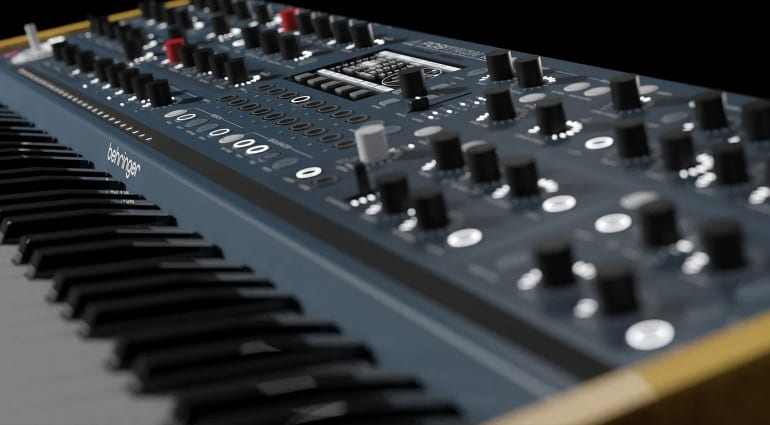








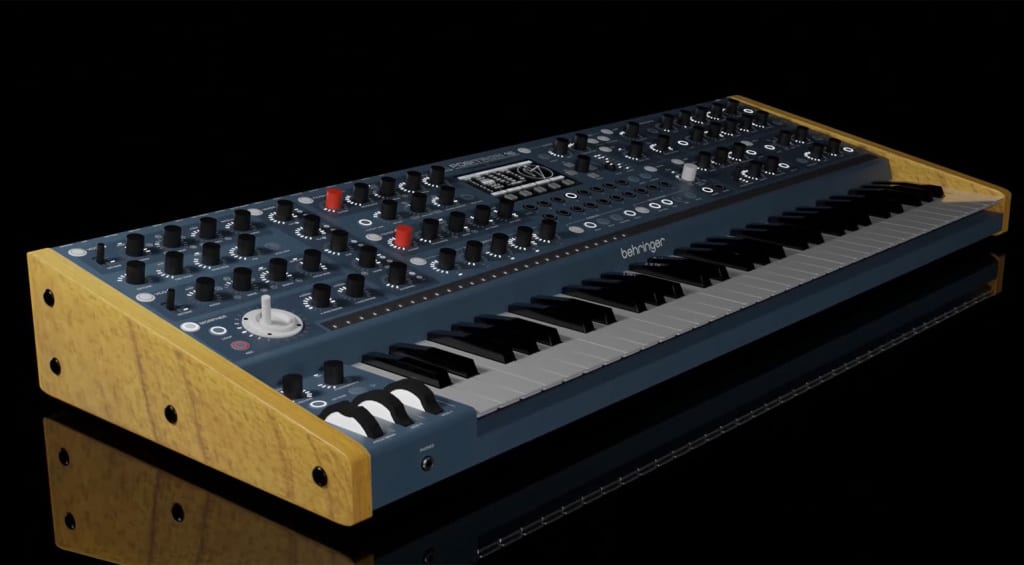
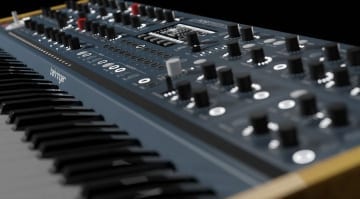

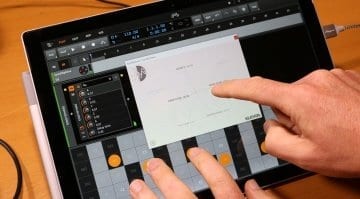

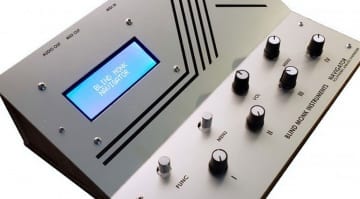
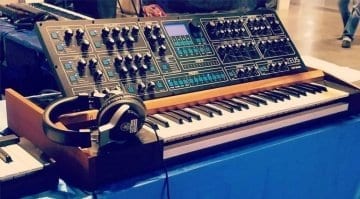
“and the beautifully fully formed”
What’s up with the always positive Behringer news? Why can’t you be objective? Because Thomann is a big payer to you and Behringer is a big client to Thomann and maybe gearnews?
Yes a good thing it’s something “new” and not a clone, although a 90’s Waldorf is not far away.
That is a fair point – it did seem a bit gushing…. might be worth clarifying if there is an ‘interest’ like some Youtubers do when sponsored.
We do what we like – sometimes that means we like things 😀
Just a thought.
You are joking right? Have you read our Behringer coverage? Have you noticed the SWING article just over there on the left? I’ve had my articles on Gearnews publically criticised by Behringer. I describe Behringer in all the ways I feel appropriate, sometimes that’s with excitement sometimes that’s with disgust and everything in between. They are quite a unique subject for a music technology journalist. As for the Positron 16 I’m commenting on Andreas Heinakroon’s fantastic designs for a polyphonic synthesizer. I think this looks pretty darn awesome and I’m impressed by the work that’s gone into the concept. The fact that he’s designed it for Behringer doesn’t somehow make the design less worthy, dodgy or underwhelming. I have to go with what I see and the Positron looks flippin’ ace to me – your mileage may vary.
Thomann owns gearnews. Thoman is “super partner” with behringer.
Gearnews is a decent news site… but it’s worth keeping these facts in the back of your head
Thanks, I wasn’t aware of the connection. I like both Robin and Thomann but from now on I will, unavoidably, use this site with more caution.
Thanks Thomas, caution is always a good thing to exercise. Although Thomann sells pretty much everything and so by this logic we must surely describe everything as awesome, right? Thomann is interested in engagement and Gearnews provides that by being independently run and open minded. It wouldn’t work for any of us who write here if it was any other way – we’re all far too opinionated. But judge us by our work. I’ve just written a negative article about the SWING, which builds on an angry article i wrote about it when it was first announced. I also moaned about the length of time taken by the RD-9… so where’s my Behringer bias? 😀 So, yes, it’s always good to be aware but judge us on the range of our content.
I’d be stoked about this thing but I’ll never support Behringer so that’s that.
all corporate issues aside, this is a great and well thought out design of a potential instrument that factors in feasibility of production with the use of cool audio chip used in other Behringer products and proposes elegant solutions to complex UI challenges like mapping parameters to the joystick etc. I’m really impressed and Heina deserves unbiased reporting and personal credit for his work and Robin just does that .imho.
Internet hero worship gone mad.
I’m not too impressed with the physical layout of the keybed… when oh when will designers learn that putting the top note right up against a high ‘wall’ is a recipe for finger pain if you shoot a little high?
The whole keybed needs sliding to the left slightly (I’m guessing they don’t want to increase the overall width) to allow a spacer in next to top C. And the wheels squeezed to get a tad closer together to account for it (or just drop the third wheel… it’s pretty difficult to play live without accidentally moving the other one).
Ergonomics make a huge difference to actual players (not just knob twisters!). Look at the classics… the best of them FEEL good to play as well as sound good.
pitch this ideal to Studio Electronics.com they need a keyboard version for the C.O.D.E 8 synthesizers.
You are currently viewing a placeholder content from Facebook. To access the actual content, click the button below. Please note that doing so will share data with third-party providers.
More InformationYou are currently viewing a placeholder content from Instagram. To access the actual content, click the button below. Please note that doing so will share data with third-party providers.
More InformationYou are currently viewing a placeholder content from X. To access the actual content, click the button below. Please note that doing so will share data with third-party providers.
More Information